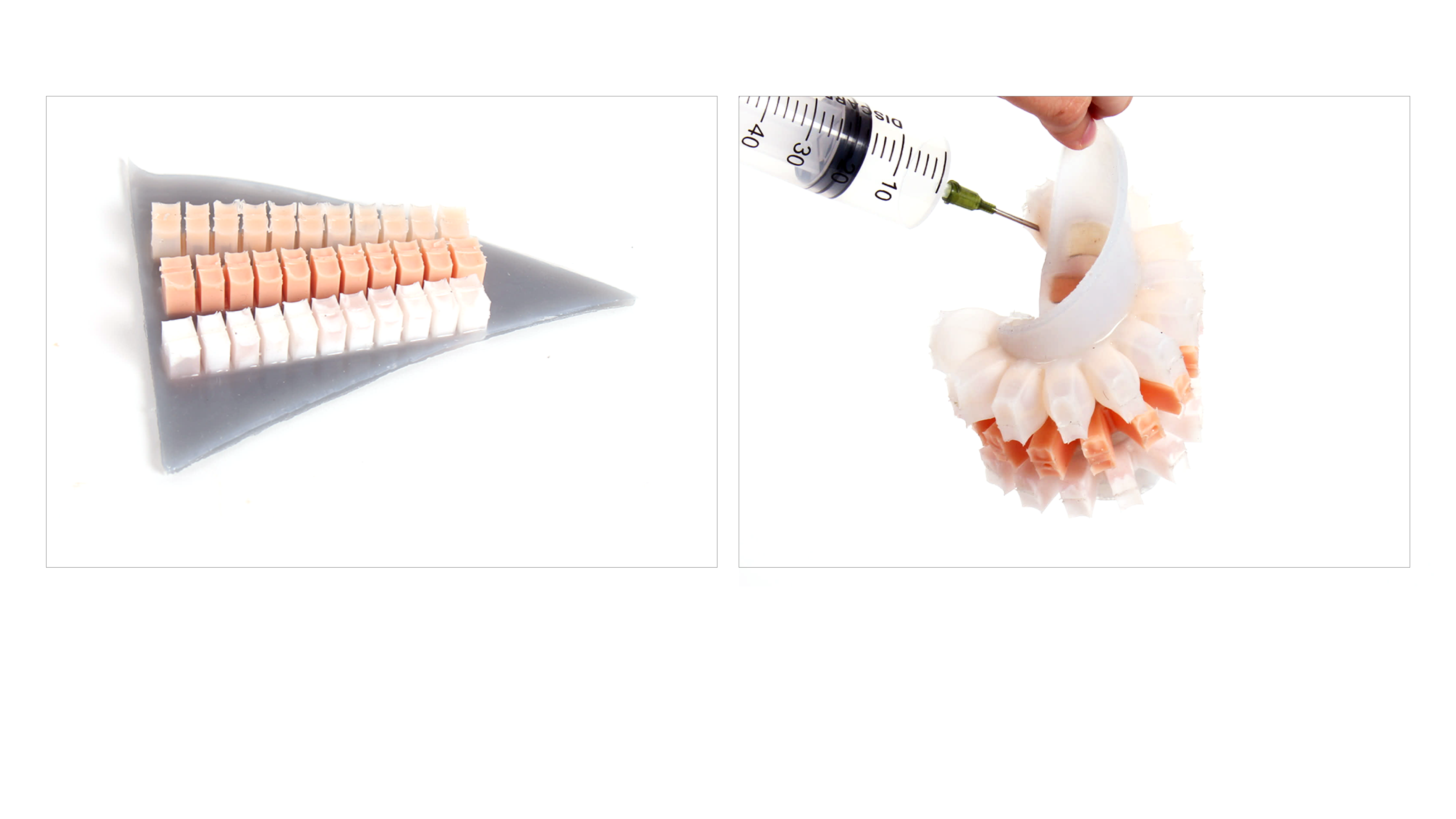MIT Summer Studios
Underwater Soft Robotics
Imagine robots that look more like caterpillars and sponges rather than the giant robotic arms that you see on factory floors...this is the world of soft robotics, and it’s changing the impact of robotics in a wide array of industries. These highly flexible, lightweight systems can accomplish tasks and missions that would be unimaginable by traditional robotics due to their soft, deformable materials and hydraulic or pneumatic actuation. All around the world, designers and engineers are using soft robotics to create slithery mechanisms, precise gripping and throwing mechanics, responsive apparel, smart accessories, lightweight water-based machines, and assistive devices to enhance people’s everyday life and our ability to navigate in complex conditions.
Taught at the MIT School of Architecture, this studio teaches students the basics of electronics, microcontrollers and computer programing. They also learn how to integrate external sensors and actuators into their designs. Working with experts from the Harvard Microrobotics Lab, students explore unique and novel applications for underwater soft robotics.
Devices for Activism
In this studio, students design and implement devices that can be embedded around the city, worn on the body, or deployed out on the streets. These devices speak to and address challenges faced by society in a way that is testable. In the process, students are asked to devise new ways to have impact on social issues that go beyond rejecting the status quo. They delve into the role of the individual or a collective body as well and look at different scales of impact. This is a chance for the youth to make visible systems of power, activate latent possibilities, and deploy new methods of dissent.
Underwater Soft Robotics
Imagine robots that look more like caterpillars and sponges rather than the giant robotic arms that you see on factory floors...this is the world of soft robotics, and it’s changing the impact of robotics in a wide array of industries. These highly flexible, lightweight systems can accomplish tasks and missions that would be unimaginable by traditional robotics due to their soft, deformable materials and hydraulic or pneumatic actuation. All around the world, designers and engineers are using soft robotics to create slithery mechanisms, precise gripping and throwing mechanics, responsive apparel, smart accessories, lightweight water-based machines, and assistive devices to enhance people’s everyday life and our ability to navigate in complex conditions.
Taught at the MIT School of Architecture, this studio teaches students the basics of electronics, microcontrollers and computer programing. They also learn how to integrate external sensors and actuators into their designs. Working with experts from the Harvard Microrobotics Lab, students explore unique and novel applications for underwater soft robotics.
Devices for Activism
In this studio, students design and implement devices that can be embedded around the city, worn on the body, or deployed out on the streets. These devices speak to and address challenges faced by society in a way that is testable. In the process, students are asked to devise new ways to have impact on social issues that go beyond rejecting the status quo. They delve into the role of the individual or a collective body as well and look at different scales of impact. This is a chance for the youth to make visible systems of power, activate latent possibilities, and deploy new methods of dissent.



